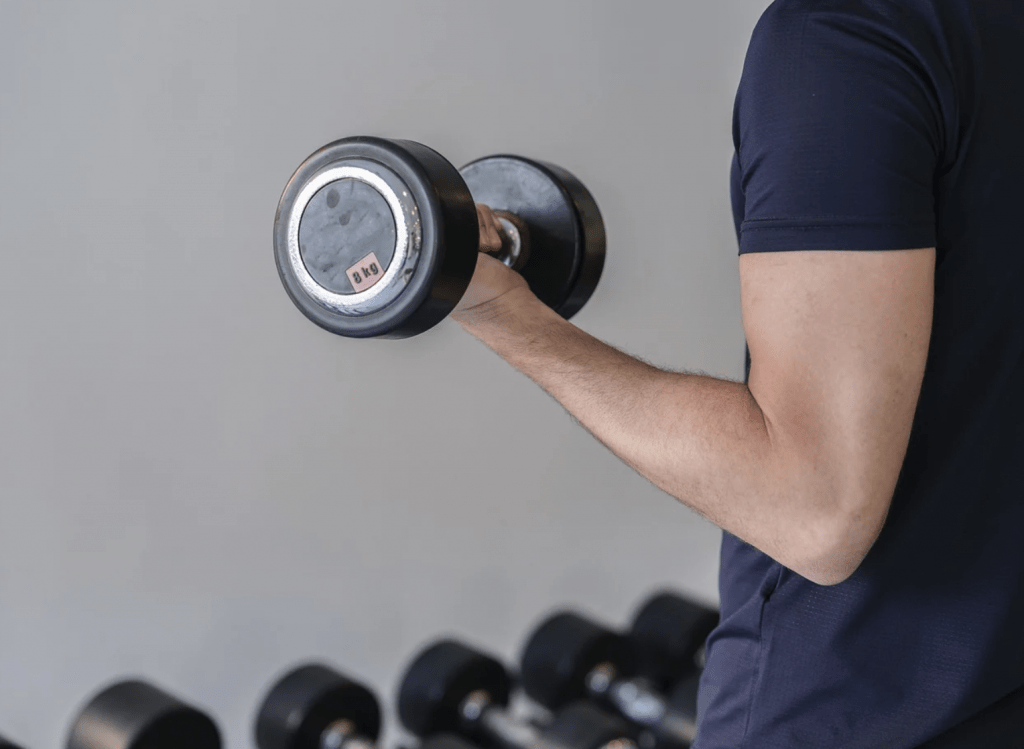The blood plasma volume plays a critical role in the performance of endurance athletes. A break in training will cause it to drop rapidly. The good news is you can quickly get back to your training routine.
What is blood plasma?
The liquid part of blood is called plasma. Plasma makes up a little over half of the blood, with red and white blood cells as well as platelets making up the remainder. Most endurance athletes concentrate on red blood cells, because they are responsible for carrying oxygen from the lungs into the rest of your body. Plasma is also important for endurance.
What is the impact on performance?
Your overall blood volume will increase as you accumulate more plasma. It leads to a larger stroke volume and less heart effort. You can achieve a greater VO2 with the same amount of effort when you increase your blood volume. You have greater aerobic power.
Increased blood volume has other advantages besides increased aerobic capacity. The extra oxygen helps to reduce anaerobic metabolism, which in turn leads to less lactate buildup. More blood flowing to the muscles can also reduce glycogen loss. It also helps lower core temperatures and increases sweating rates by increasing blood flow. The benefits of increased blood plasma can improve endurance.

How fast do Adaptations fade?
You may be in a position where you cannot train for a long time. What is the rate of fading? Remember that different training abilities or adaptations diminish at different speeds. It is generally true that if something develops rapidly, it will tend to disappear quickly.
After about 30 days, aerobic endurance begins to decline relatively slowly. It includes capillary bed, aerobic enzymes and mitochondrial contents that are associated with aerobic capacity. This 30-day period also includes maximum strength due to how long it takes for your neuromuscular pathway to develop.
Anaerobic power and steady state power fade in 15 days. It is your sweet spot for higher power outputs. In addition, within a few days sprint power and plasma volume will decrease. It’s good to know that it decreases rapidly, so you can increase it quickly.
What is the best way to increase blood plasma volume?
The circumstances determine whether plasma volume changes are up or down. Heat exposure is the fastest way to increase plasma volume. Riding at high temperatures, turning off a fan while working out indoors, or taking a sauna immediately after can provide a boost of 4-15% in just five days. You can also complete the heat acclimation over a period of 7-10 days. It has been proven to be effective in elite athletes.

You can continue your usual endurance training, despite the heat acclimatization. Endurance training can increase your plasma volume on its own. Your core temperature increases when you exercise your aerobic system. The body then responds by increasing your blood volume. You can increase the blood volume even more if you turn off your fan. You can increase intensity. The VO2 max, threshold and speed all work together to adapt more plasma volume.
There is some good news if you’ve missed out on training. You can increase blood plasma in a very short period of time. You may find the first few exercises difficult, but they will soon become easier.
In conclusion, maintaining optimal blood plasma volume is essential for endurance athletes, influencing various aspects of performance. While training adaptations can diminish with time away from exercise, the good news is that strategic approaches can swiftly restore and enhance blood plasma levels.
Understanding the significance of blood plasma, which constitutes over half of the blood’s composition, reveals its impact on cardiovascular efficiency and overall aerobic power. The benefits extend beyond enhanced oxygen delivery, encompassing reduced lactate accumulation, improved blood flow to muscles, and efficient glycogen utilization.
The rate at which adaptations fade depends on the nature of the training. Aerobic endurance and maximum strength tend to diminish more slowly, while anaerobic and steady-state power decrease within 15 days. Notably, blood plasma volume experiences a rapid decline in just a few days.
To counteract this decline and boost blood plasma volume, various strategies can be employed. Heat exposure, such as riding in hot temperatures or using saunas, proves effective in a short time frame. Additionally, incorporating endurance training with varied intensities contributes to increased plasma volume.
For athletes facing interruptions in training, the focus should be on swift and targeted strategies. Whether through heat acclimation or a well-structured training plan, restoring blood plasma volume promptly becomes crucial. The adaptability of the human body allows for a rapid return to training benefits, ensuring that the initial challenges are met with resilience, setting the stage for continued progress and improved endurance performance.



+ There are no comments
Add yours